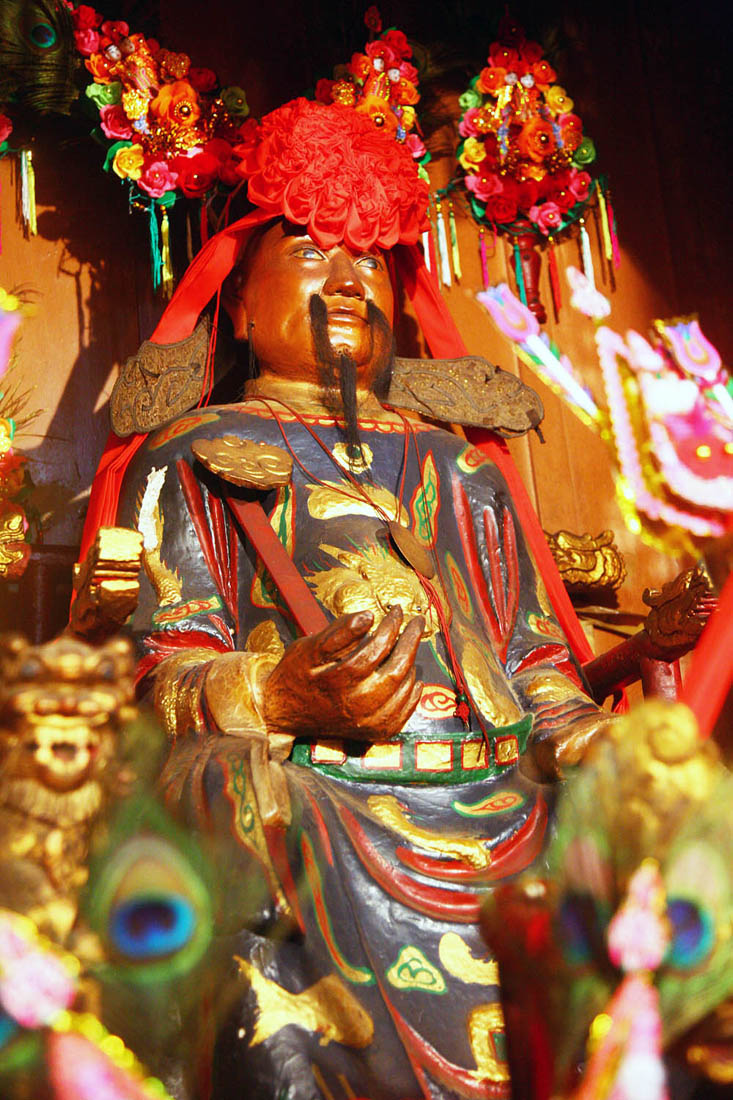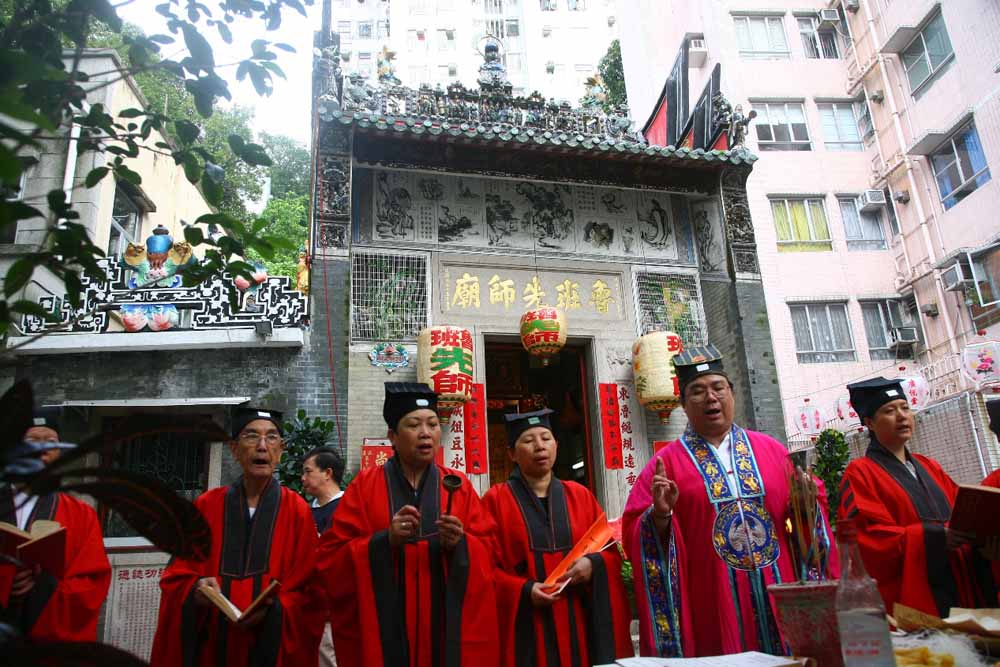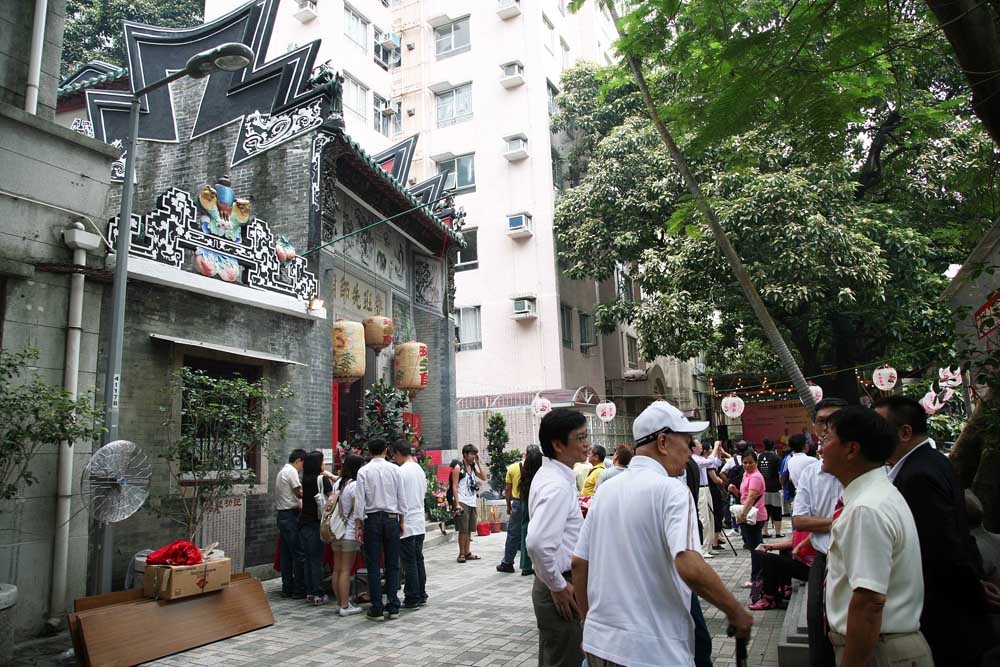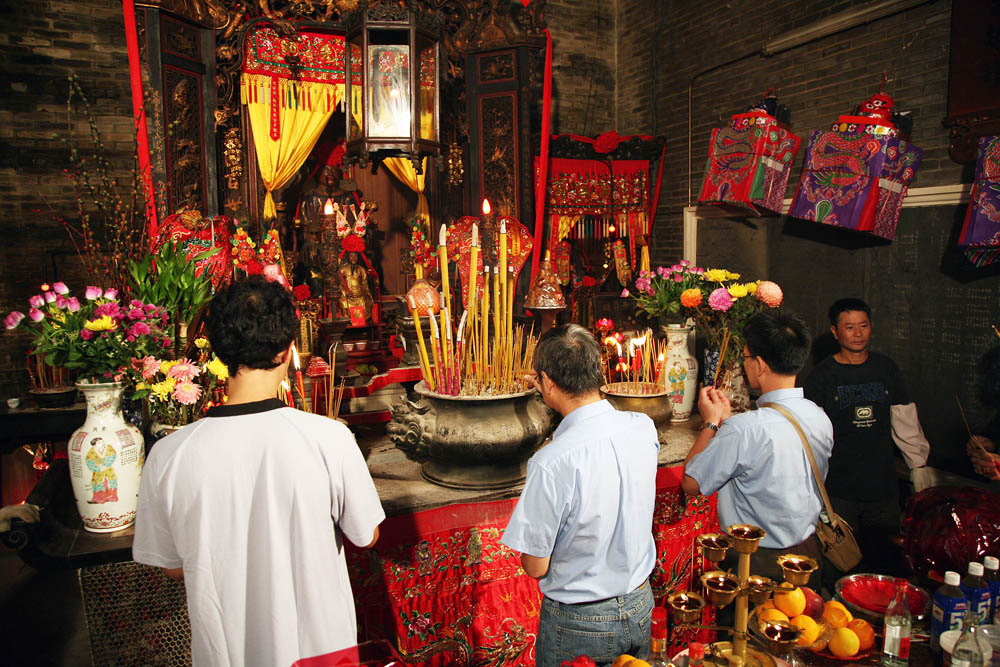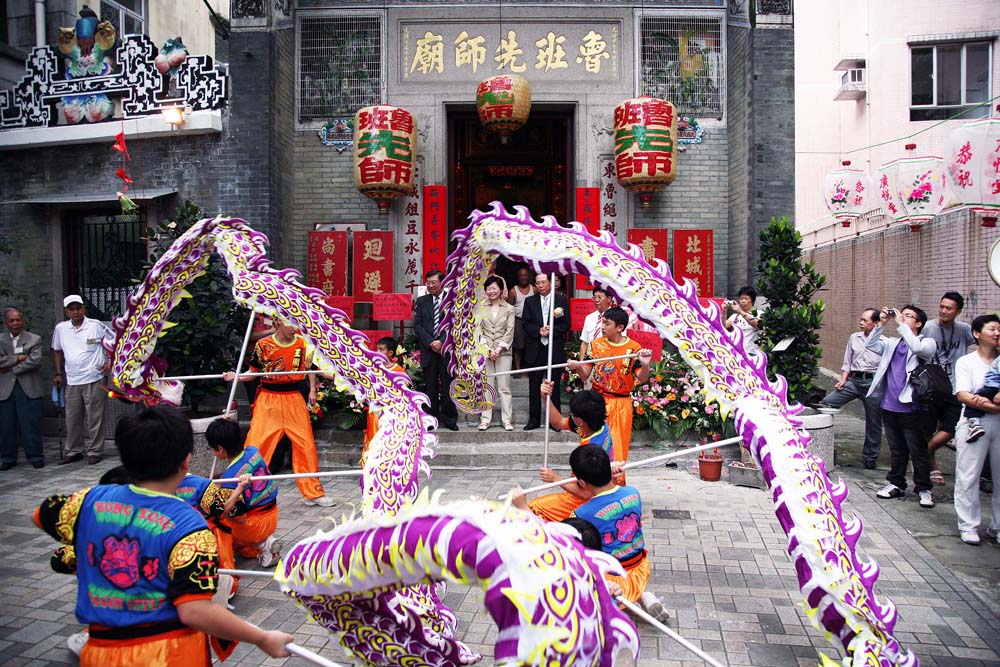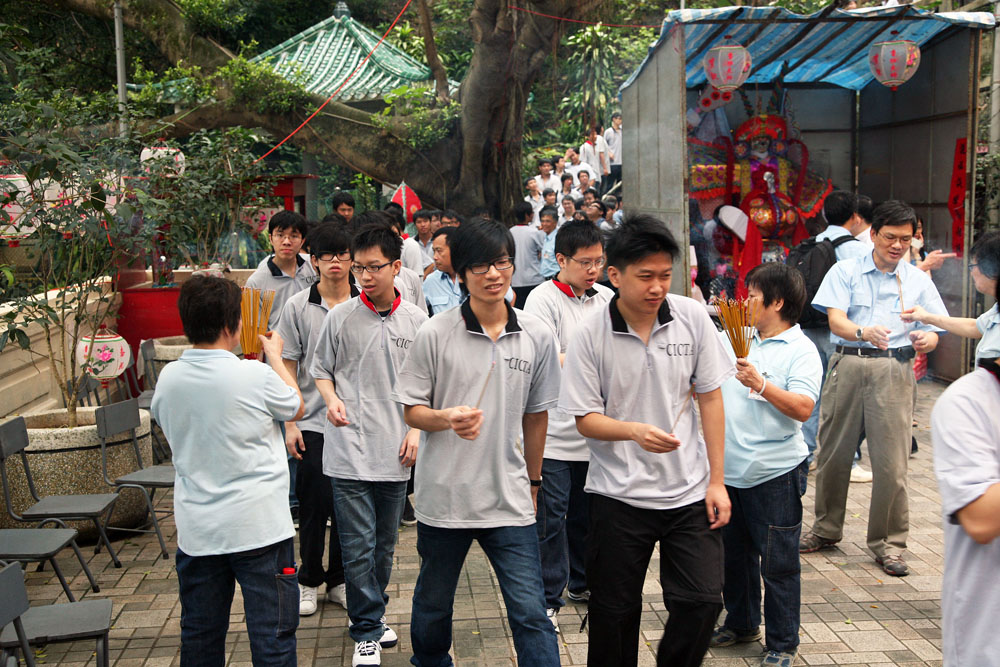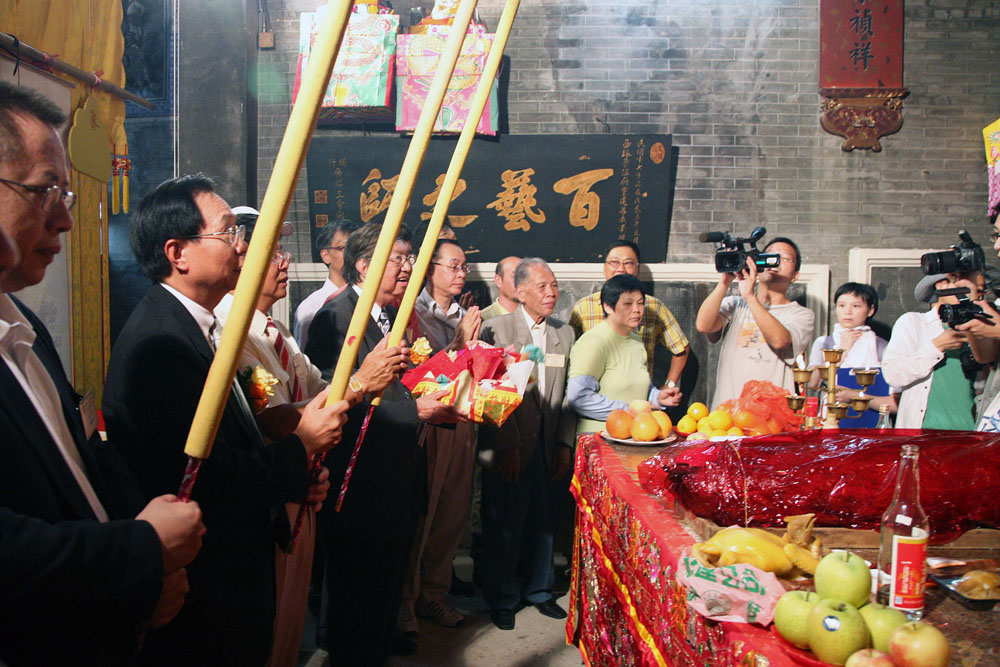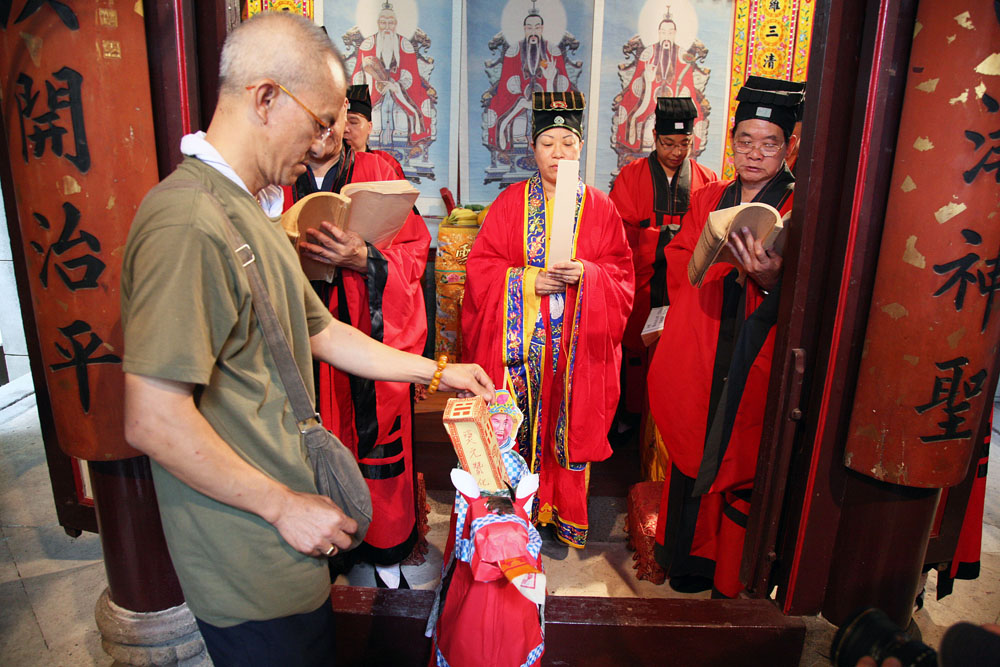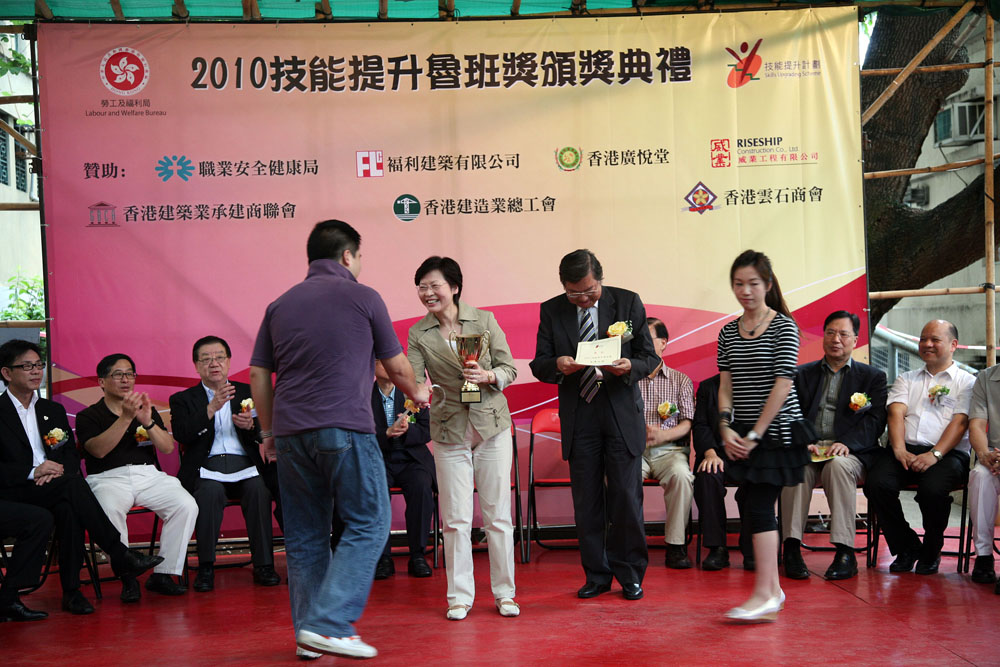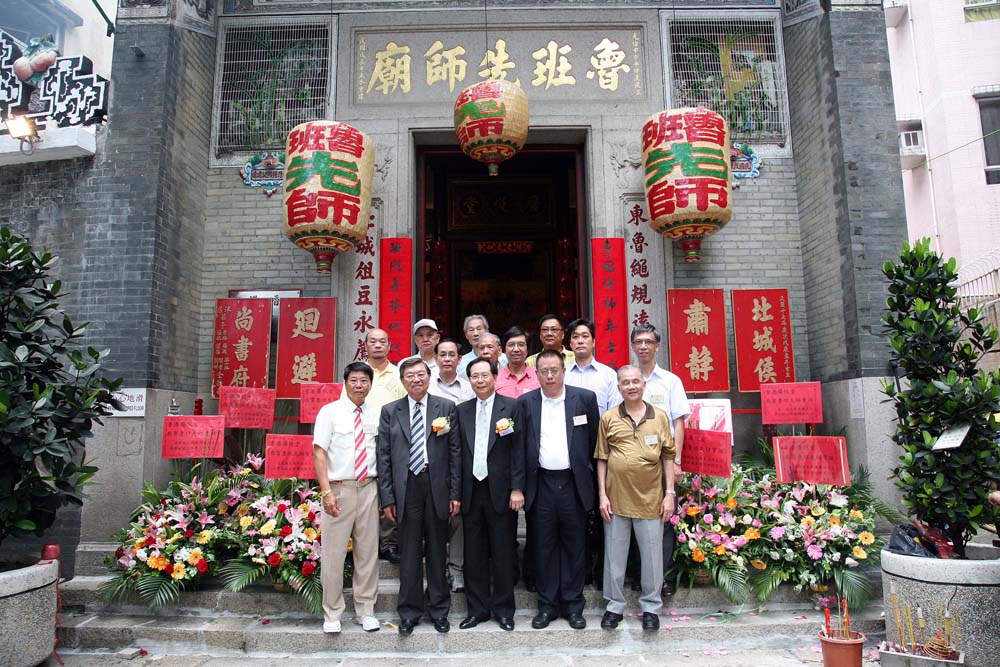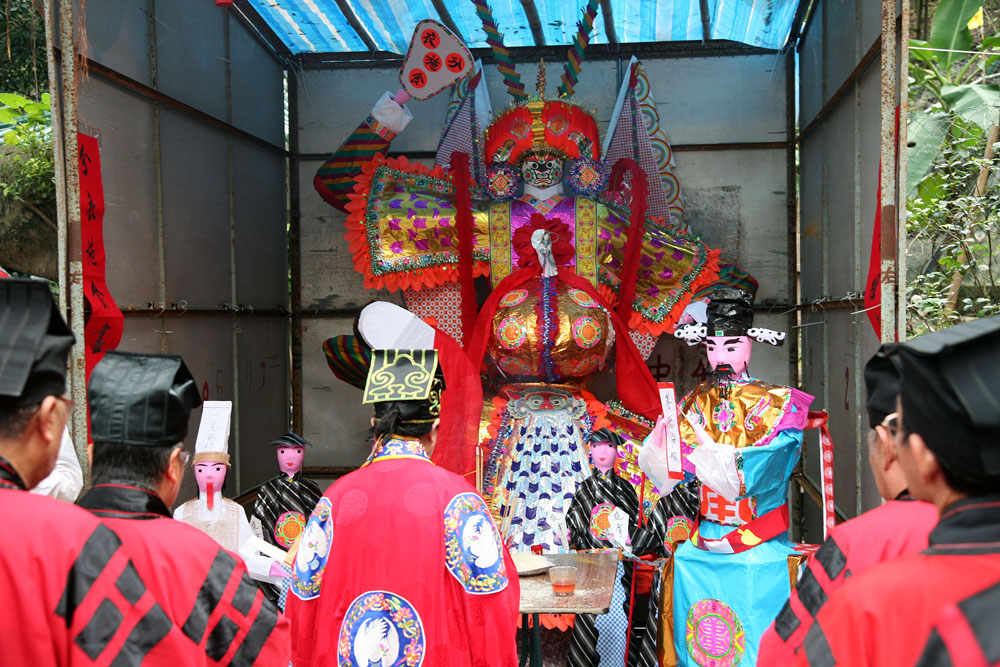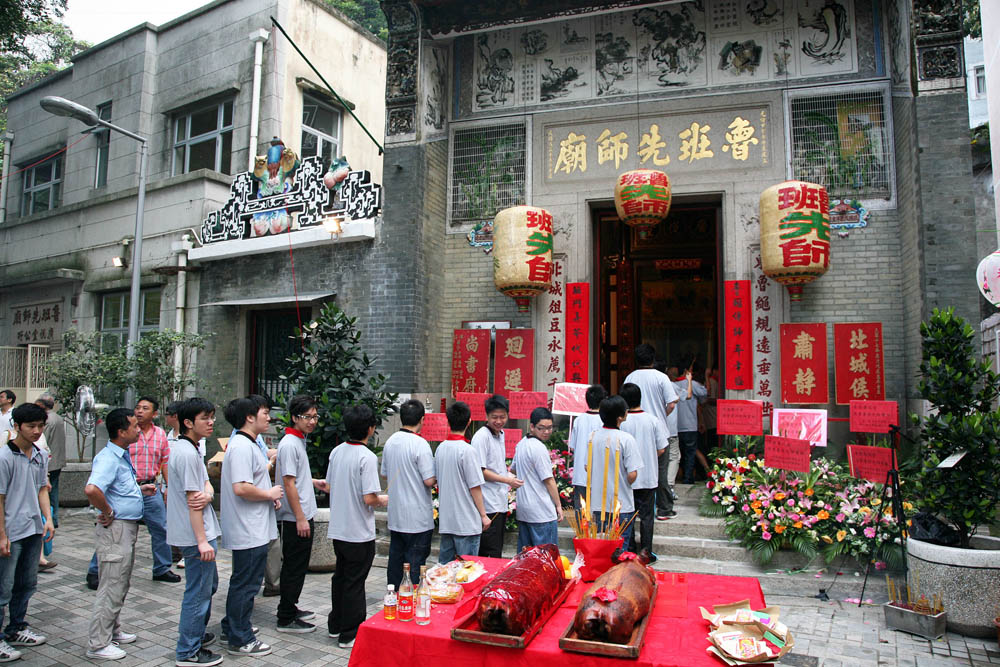-
History & Society
- Education in Pre-war Hong Kong
- History of Taikoo Sugar Refinery
- Hong Kong Products Exhibition
- Local Festivals Around the Year
- Post-war Industries
- Pre-war Industry
- The Hong Kong Jockey Club Archives
- Tin Hau Festival
- Memories We Share: Hong Kong in the 1960s and 1970s
- History in Miniature: The 150th Anniversary of Stamp Issuance in Hong Kong
- A Partnership with the People: KAAA and Post-war Agricultural Hong Kong
- The Oral Legacies (I) - Intangible Cultural Heritage of Hong Kong
- Hong Kong Currency
- Hong Kong, Benevolent City: Tung Wah and the Growth of Chinese Communities
- The Oral Legacies Series II: the Representative List of the Intangible Cultural Heritage of Hong Kong
- Braving the Storm: Hong Kong under Japanese Occupation
- A Century of Fashion: Hong Kong Cheongsam Story
Geography & EnvironmentArt & Culture- Calendar Posters of Kwan Wai-nung
- Festival of Hong Kong
- Ho Sau: Poetic Photography of Daily Life
- Hong Kong Cemetery
- Sketches by Kong Kai-ming
- The Culture of Bamboo Scaffolding
- The Legend of Silk and Wood: A Hong Kong Qin Story
- Journeys of Leung Ping Kwan
- From Soya Bean Milk To Pu'er Tea
- Applauding Hong Kong Pop Legend: Roman Tam
- 他 FASHION 傳奇 EDDIE LAU 她 IMAGE 百變 劉培基
- A Eulogy of Hong Kong Landscape in Painting: The Art of Huang Bore
- Imprint of the Heart: Artistic Journey of Huang Xinbo
- Porcelain and Painting
- A Voice for the Ages, a Master of his Art – A Tribute to Lam Kar Sing
- Memories of Renowned Lyricist: Richard Lam Chun Keung's Manuscripts
- Seal Carving in Lingnan
- Literary Giant - Jin Yong and Louis Cha
Communication & Media- Hong Kong Historical Postcards
- Shaw Brothers’ Movies
- Transcending Space and Time – Early Cinematic Experience of Hong Kong
- Remembrance of the Avant-Garde: Archival Camera Collection
- Down Memory Lane: Movie Theatres of the Olden Days
- 90 Years of Public Service Broadcasting in Hong Kong
- Multifarious Arrays of Weaponry in Hong Kong Cinema
-
History & SocietyGeography & EnvironmentArt & Culture
-
View Oral History RecordsFeatured StoriesAbout Hong Kong Voices
-
Hong Kong MemoryLocal Festivals Around the YearRecently Visited
Lu Pan Patron’s Day
-
The 13th of the 6th month of the Lunar Calendar
In ancient China different trades had their own ancestral master or protective deity. This phenomenon was the most common in handicraft industry and commercial sectors because people in these industries feared that their career would suffer because of any faults at work, therefore they would seek blessings from a dedicated deity. Master Lu Pan was most widely worshipped by people in the construction industry, and this practice had been passed down till today. 13th of the 6th Lunar Month is the Lu Pan Patron’s Day. On this day, no matter youngsters in the apprenticeship, employed workers, proprietors of the construction industry, or retired senior workers would pay their homage to the deity of the trade and pray for success at work.
-
Master Lu Pan
Legends had it that Master Lu Pan was originally named “Goshu Ban”, and was born in the Kingdom of Lu (now Shandong) in the Spring and Autumn Period. He was a craftsman extraordinaire that he had invented many tools and established various laws of construction, hence people in the construction industry revered him as the Ancestral Master. He was particularly respected by three trades (in the past it meant carpentry, the trade of plastering and masonry), and later those in the trade of bamboo scaffolding, painting, brick and tile, and bar bending also revered him as “the Master”.
-
Lu Pan Temple in Sai Wan
Lu Pan Temple, located in Ching Lin Terrace, Sai Wan, was funded and built by a group of construction workers in 1884 (10th year in the reign of Emperor Guangxu of Qing Dynasty) to seek for the blessings of Master Lu Pan for safety at work. The temple was unique in its architecture and styling. Both interior and exterior were decorated by delicate murals and clay sculptures, demonstrating the highly skilled techniques. It was a two-hall structure with two ridges, each ridge was adorned by ceramic figurines from Shek Wan. The gable walls on both sides were of “Five Famous Mountains Paying Tribute to Heaven” style, Sun and Moon Gods could be found standing in the front of the verticle ridges.
Lu Pan Temple is now managed by Kwong Yuet Tong of Hong Kong. The statue of Master Lu Pan is donning official robes (he was posthumously given an official title), and in the front are the statues of his two disciples, each carrying the carpenter's straight line marker and the carpenter’s square – both according to legends were invented by Lu Pan. They serve as symbols warning the posterity to act “according to rule and stay within bounds”.
-
Festivities
On the eve and the festival proper of the Lu Pan Patron’s Day, Kwong Yuet Tong would commission a Taoist priest to conduct a Taoist ceremony lasting one and a half days to appease the spirits of those in the construction industry passed away in accidents. This form of combining spirit-appeasing ceremonies and festivities can be found in other places, but in most cases the spirit-appeasing ceremony was conducted on one day and the festivities on the following day. Kwong Yuet Tong had a different way of approaching the matter: on the festival proper of the Lu Pan Patron’s Day the festivities were conducted separately but in parallel with the spirit-appeasing ceremonies, i.e. at the same time and same place.
-
On Lu Pan Patron’s Day, many students studying at the Construction Industry Council Training Academy, led by their mentors, would come and offer incense. The Labour and Welfare Bureau would organize the award presentation ceremony of the Skills Upgrading Lu Pan Award at the ad hoc stage outside the temple, in recognition of construction and maintenance workers who have dedicated their free time to upgrading their skills in the spirit of Lu Pan. Kwong Yuet Tong and representatives of the construction industry, while celebrating the festival, would also attend the event making it even more exciting. After the ceremonies, lion and dragon dance troupes would perform at the open space in front of the temple to entertain both men and deity.
-
The “Master Rice”
Festivities celebrating the Lu Pan Patron’s Day today pale in comparison to the old days. In the past, the construction industry would take a day off on the festival proper and many shops would distribute free “Master Rice” (rice with vermicelli, dried shrimps and beans) to the public. Tradition has it that children who eat the “master rice” would grow up as smart, versatile and hard-working as Master Lu Pan, which makes the “master rice” highly popular. But with the older generation of craftsman passing away and more shops closed down, the tradition of “Master Rice” had gradually faded out since the 1960s. The new generation is less keen on this tradition and no longer so supportive of the Lu Pan Temple.
Copyright © 2012 Hong Kong Memory. All rights reserved. -






